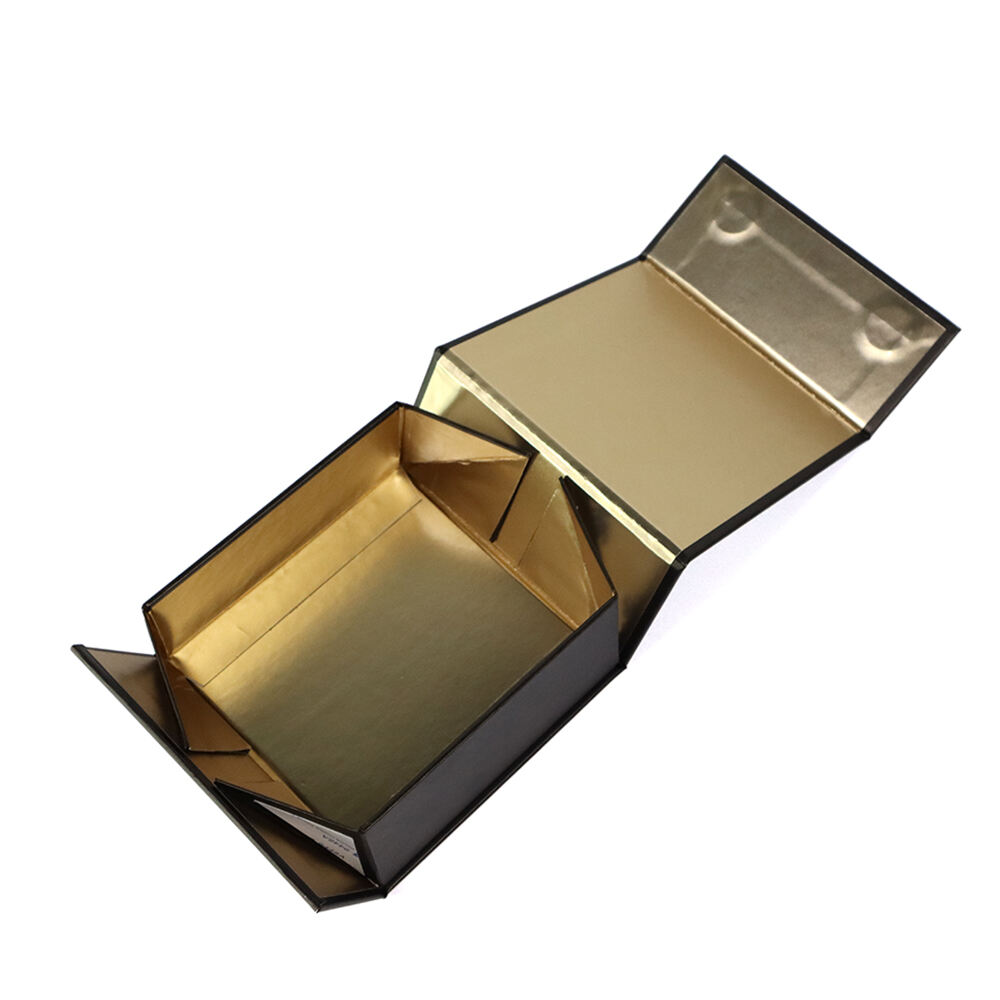Collapsible box design is a specialized field that combines engineering precision, functional utility, and aesthetic consideration to create packaging solutions that are both space-efficient and visually appealing. At the core of effective collapsible box design is the folding mechanism, which must be engineered to allow the box to fold flat for storage and transportation while ensuring easy, tool-free assembly into a rigid, stable container. Designers focus on optimizing the fold lines, using techniques such as pre-scored edges to ensure clean, consistent folds that maintain the box’s structural integrity. Material selection plays a critical role in the design process—choices like cardboard, kraft paper, or corrugated board are evaluated based on factors such as thickness, flexibility, and strength to match the intended use, whether for lightweight gifts or heavier, fragile items. Structural elements, including flaps, tabs, and locking mechanisms, are designed to ensure secure closure during use while facilitating smooth folding when not in use. Aesthetic design is equally important, as collapsible boxes often serve as part of the brand or product experience. Designers incorporate branding elements such as logos, color schemes, and graphics through printing technologies that accommodate the box’s folding structure, ensuring images and text remain aligned and clear even after assembly. Ergonomic considerations are integrated, such as handle placement for portability, window cutouts to showcase contents, or texture enhancements for tactile appeal. Sustainability is increasingly a key focus in modern collapsible box design, with designers opting for recycled materials, minimal adhesive usage, and biodegradable components to reduce environmental impact. Testing is a vital step in the design process, involving assessments of durability during folding cycles, load-bearing capacity, and resistance to wear and tear to ensure the final product meets performance standards. By balancing functionality, aesthetics, and sustainability, collapsible box design delivers packaging solutions that enhance operational efficiency for businesses and improve user experience for consumers.
